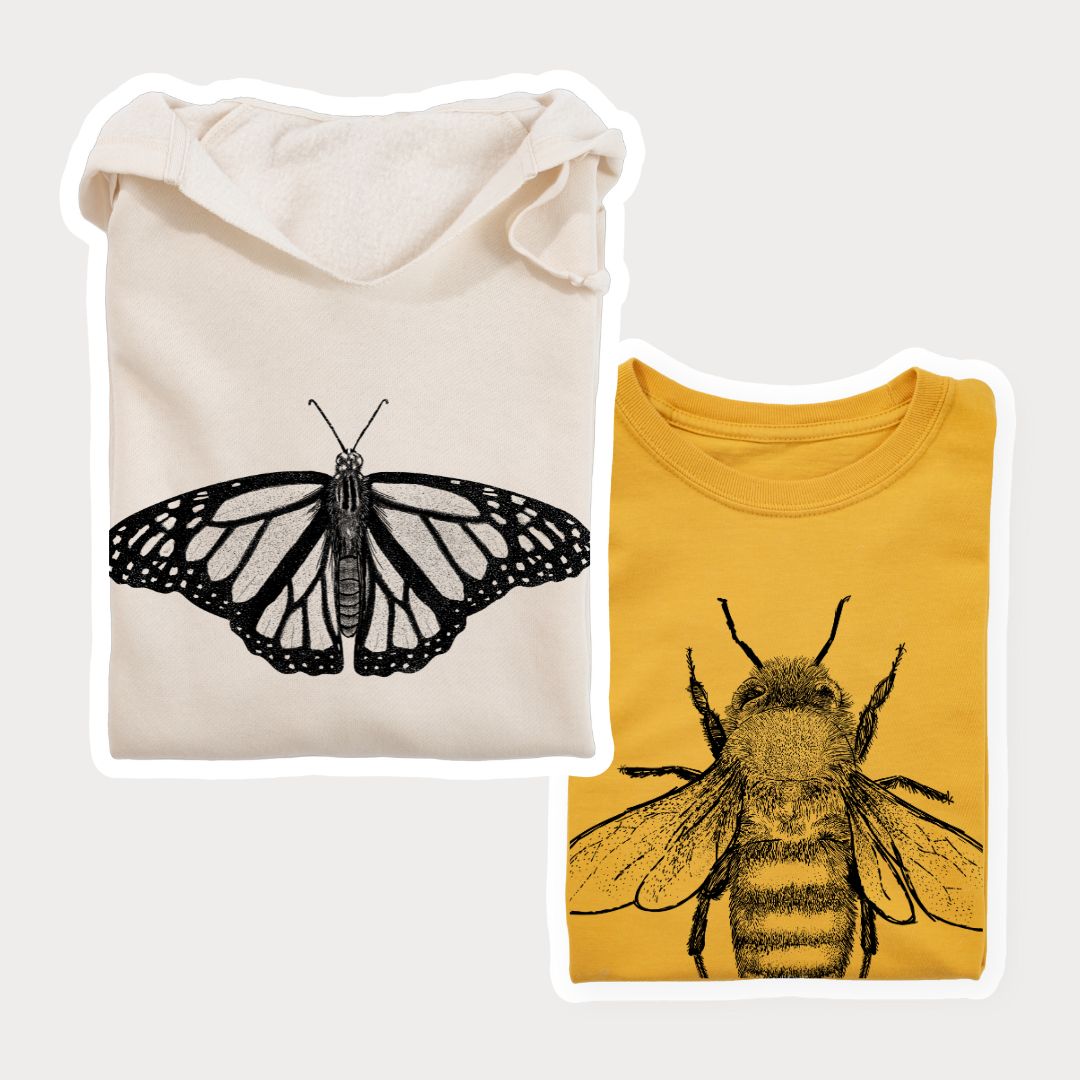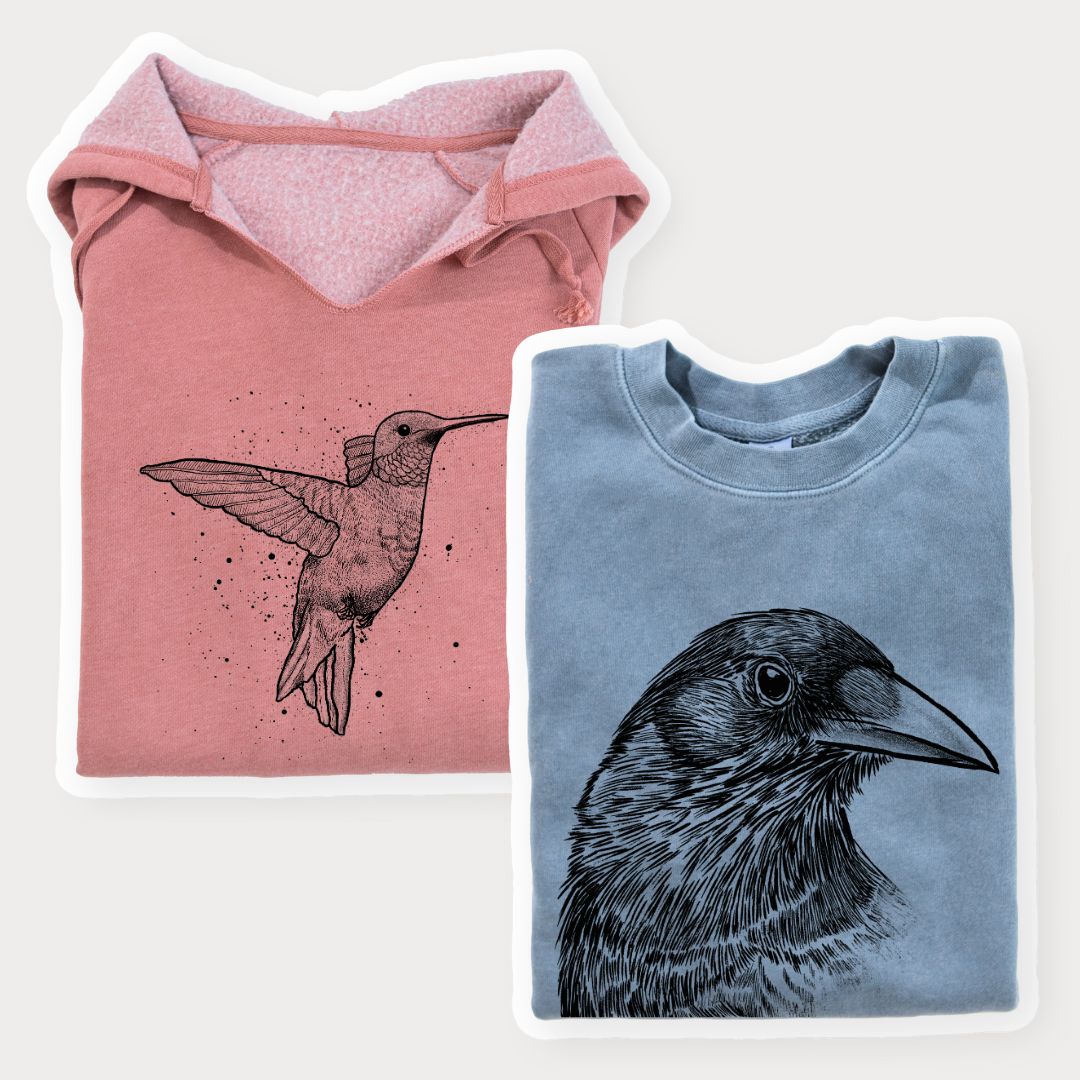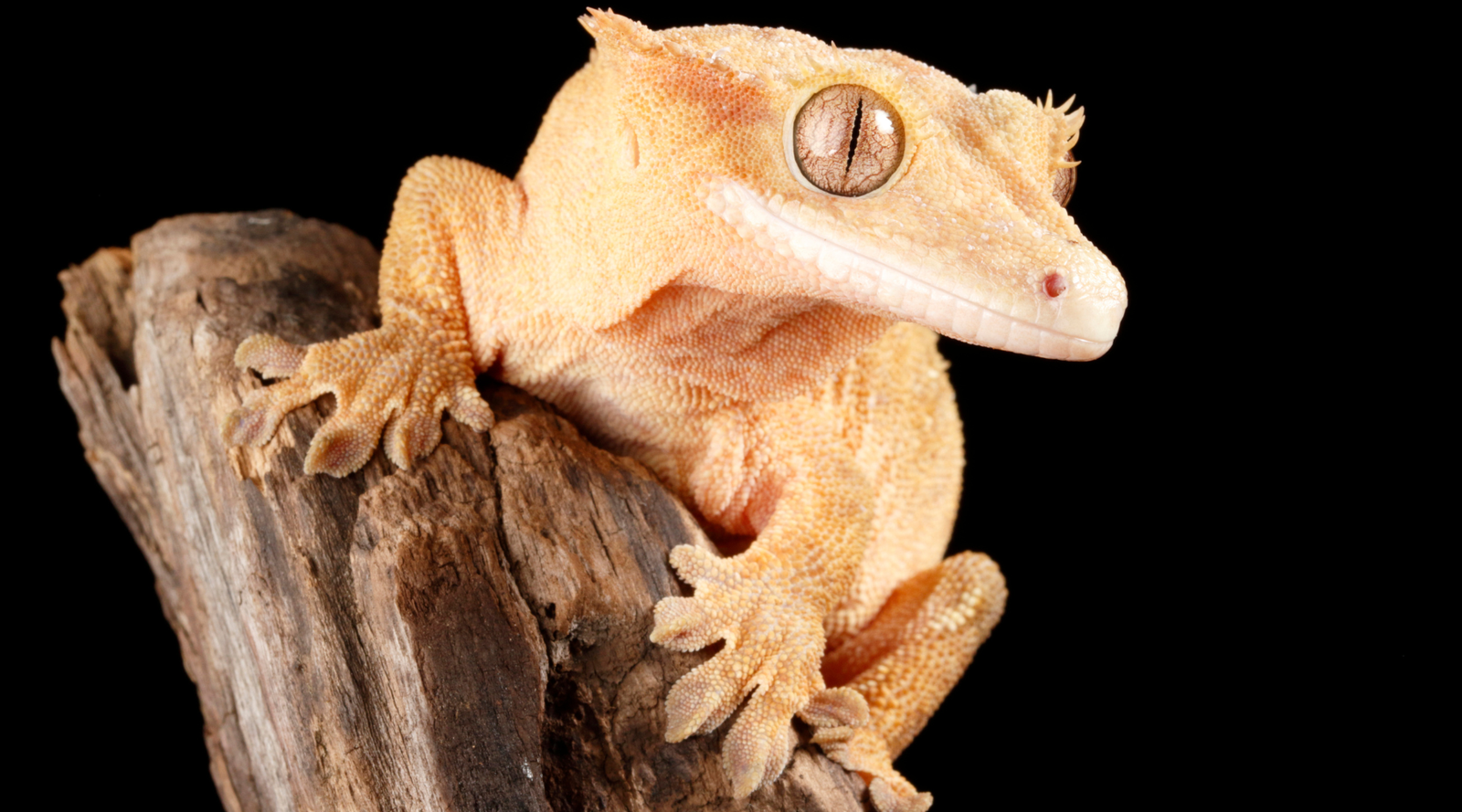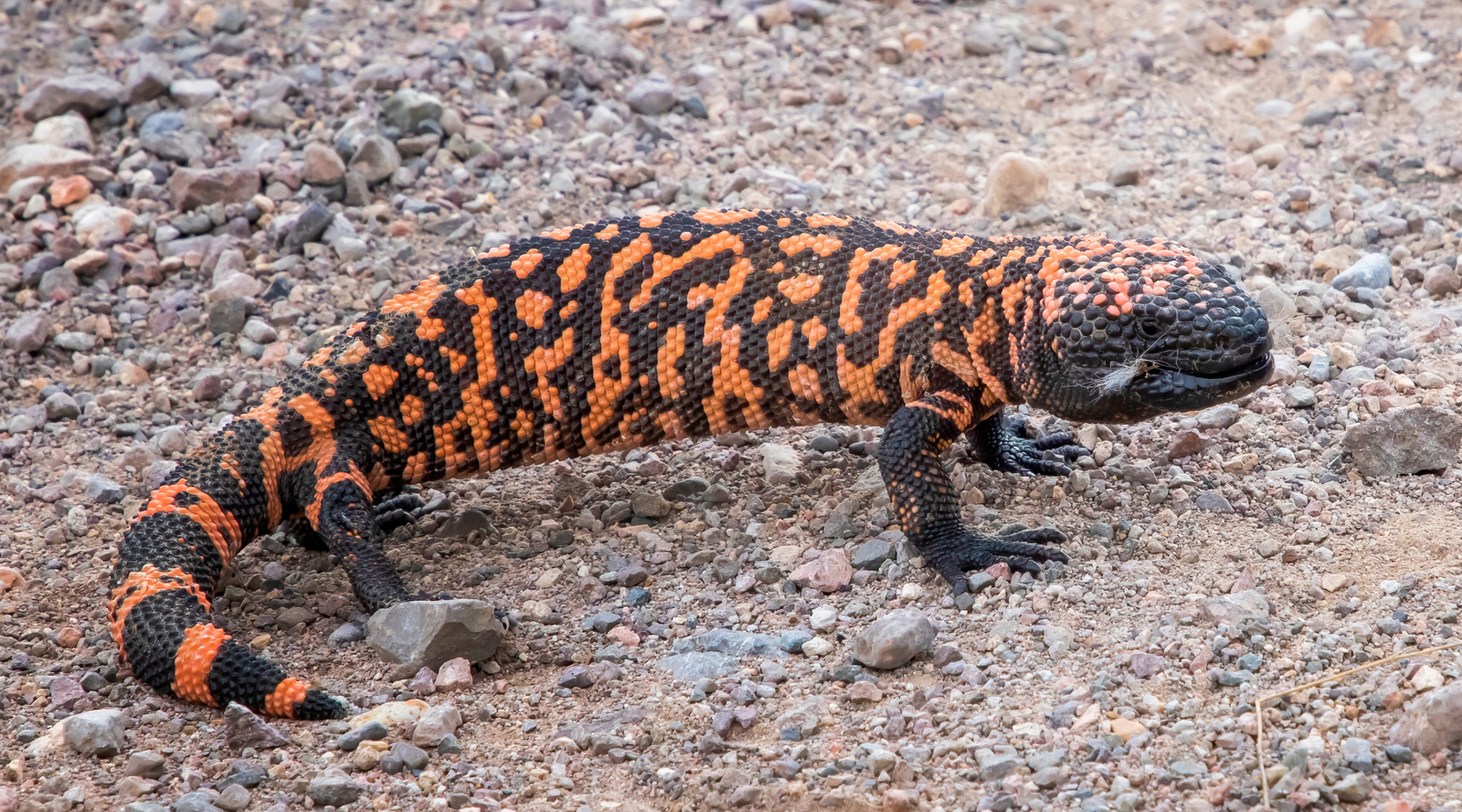Cardinal Fun Facts: Nature's Red-Hot Celebs
You know you've made it big when you don't need a last name. Beyoncé. Oprah. Cardinal.Okay, maybe that last one isn't technically a celebrity, but in the bird world? Cardinals are total A-listers. With their vibrant feathers, charming songs, and no-nonsense attitudes, they're the rockstars of the treetop world. Discover everything you never knew you needed to know about these iconic birds with our cardinal fun facts.

14 Cardinal Fun Facts
1. Not all cardinals are red
Plot twist, right? While male Northern Cardinals sport that bold red suit like they're headed to the birdie Oscars, female cardinals are more subtle about it. They've got a warm tan coloring with hints of red on their wings and tail. Basically, the bird equivalent of a no-makeup makeup look. Chic, understated, and just as stunning.
Additionally, there are various species of cardinals, and not all of them are red (or even resemble our familiar backyard bird). The cardinal family includes over 40 species throughout the Americas, though the Northern Cardinal is the superstar in the U.S.
2. Cardinals are year-round residents
When it comes to fall bird migration, cardinals don't skip town when it gets cold. While robins are off vacationing in the tropics, cardinals are here toughing it out in the snow like cozy little crimson marshmallows.
If you've ever seen a cardinal perched on a snow-covered branch, you know it’s basically a living holiday postcard. No wonder so many people say seeing a cardinal in winter feels like a little sign from the universe.

3. They sing, but not just the boys
Most songbirds follow the traditional “males sing, females stay quiet” routine. Cardinals said, “Hard pass.”
Female cardinals sing tooand sometimes they even duet with their partners. It's not just adorable, it's also practical, especially during nesting season. Scientists believe females sing to communicate with their mates about food and territory, so they're basically singing, “Honey, bring snacks,” and we fully support that.
4. They are fiercely territorial
Cardinals are not here to share. If a male cardinal spots his reflection in a car mirror or window, he may try to chase it off. Over and over and over. It’s equal parts hilarious and a little bit sad.
They're not just being dramatic. Cardinals can’t understand reflections the way humans do, so they think they’ve got a rival invading their turf.
5. Their beaks are basically nature’s nutcrackers
Cardinals have short, stout beaks that are perfect for cracking open seeds, especially sunflower seeds (their faves, in case you're prepping your bird feeder.) Those beaks are power tools and are able to crack shells like pros.
Cardinals don't have to chew their food. They use that strong beak to open a seed, then swallow the kernel whole. Crunch, gulp, done.

6. They mate for life
These birds aren't just cute, they’re committed. Once paired, cardinal couples often stay together year after year. They sing together, feed each other (literally beak-to-beak), and co-parent like champs.
Basically, if cardinals had a relationship status, it would be: "in a healthy, mutually respectful partnership with excellent communication skills."
7. Baby cardinals? Adorable AND awkward
Cardinal chicks start out as little fluffballs with big appetites and zero chill. They rely entirely on mom and dad to bring them food. And let’s just say baby cardinals aren't known for their inside voices.
Once they fledge (a fancy word for leaving the nest), the young cardinals follow their parents around and continue begging for food, even when they’re fully capable of feeding themselves. Classic teenager energy.

8. Cardinals were named by fashion critics (kind of)
Early European settlers named the Northern Cardinal after Catholic cardinals (the clergy, not the birds). Why? The males' bright red plumage reminded them of the red robes worn by high-ranking church officials. Fashion-forward, even in the 1600s.
9. You can attract them with snacks and style
If you want to invite cardinals to your yard, think of it like setting up a five-star bird B&B.
Here’s the checklist:
- Black-oil sunflower seeds: A top-tier treat.
- Safflower seeds: Less loved by squirrels, more loved by cardinals.
- Dense shrubs or evergreens: Cardinals appreciate a bit of privacy.
- Low feeders: They prefer to dine closer to the ground.
Cardinals don’t love swinging feeders, preferring their dining experience to be stable. Think less cruise ship, more sidewalk café.

10. They’re symbols of hope, love, and grandma’s secret visit
Many people believe that cardinals represent a visit from a loved one who has passed away. That flash of red in your backyard? Grandma is checking in. Or maybe it’s just a cardinal looking for sunflower seeds; either way, it’s kind of comforting.
Cardinals are also a symbol of vitality and good luck across many cultures. They remind us to slow down, enjoy the moment, and maybe stop scrolling for a second to watch the birds outside our window.
11. They're early birds... but also late birds
Cardinals are among the first birds to start singing in the morning and among the last to go quiet at night. It’s like they have the bird version of a triple espresso.
This dawn-and-dusk behavior is tied to their need to establish territory and find mates. They’re not trying to be annoying at 5 a.m, they just have important bird business to attend to.
12. Cardinals don't migrate, but their feathers do
Sort of. Cardinals molt (shed and regrow) their feathers once a year, usually in late summer. During this time, they may appear a little patchy. Like, “just woke up and couldn’t find my hairbrush” kind of patchy.
But don’t worry, it’s normal. Their bright feathers come back looking fresh and fabulous.

13. They're state bird royalty
The Northern Cardinal holds the crown for most popular state bird in the U.S. It’s the official bird of seven states: Illinois, Indiana, Kentucky, North Carolina, Ohio, Virginia, and West Virginia.
14. There are rare yellow cardinals
Every now and then, a bright yellow cardinal shows up and blows everyone's mind. It’s not a new species, just a genetic mutation that causes the bird to produce yellow pigments instead of red. Think of it as the bird world's version of going platinum blonde.
Only a handful have ever been documented in the wild, so if you spot one, consider it a golden moment.

Final thoughts: Why we love cardinals
Cardinals are more than just pretty faces. They're loyal partners, talented singers, and surprisingly fierce little featherballs. They stick around all year, bring a pop of color to even the greyest days, and keep us company whether we're filling feeders or just gazing out the window with our coffee.
And hey, if you ever feel like you're flapping around in a chaotic world, remember: the cardinal's out there somewhere, fluffing its feathers, belting its song, and reminding you to hold your ground, sing your tune, and maybe snack on some sunflower seeds.
Because if cardinals can handle winter with style and attitude, so can you.
















Doug
November 18, 2025
Yes my wife and I both have several that visit our yard all the time we keep feed out for them our neighbor does too they’re beautiful birds we thoroughly enjoy them all year long!!